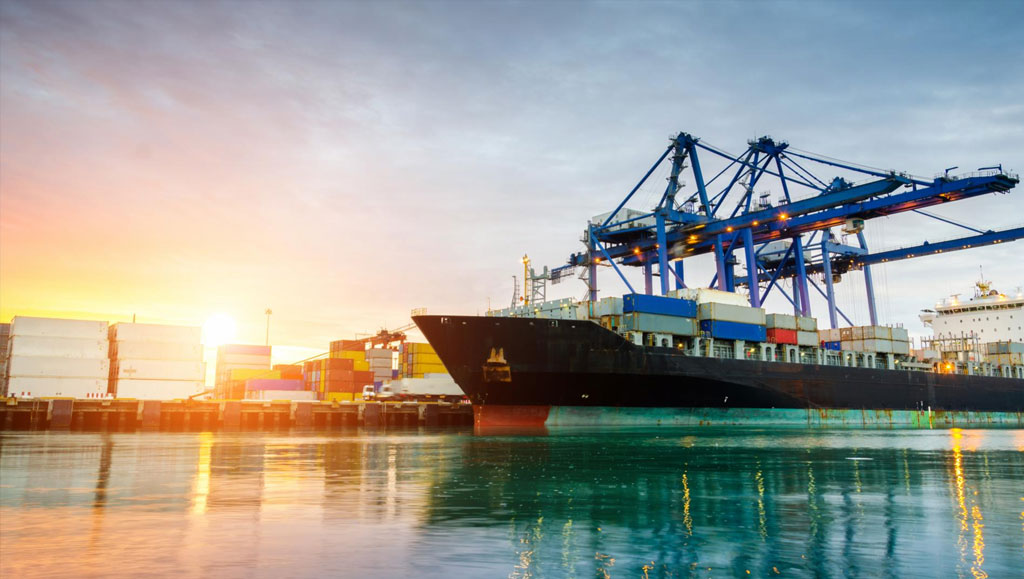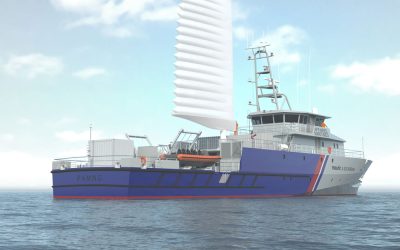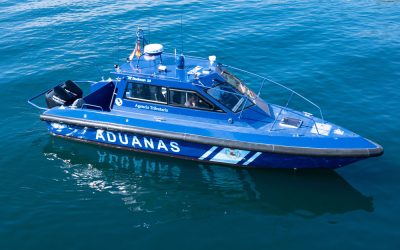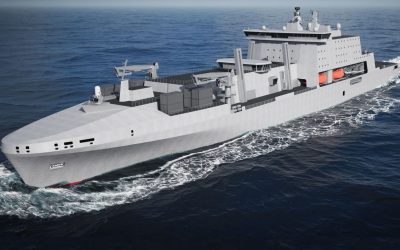As gateways to global trade, ports are critical economic and commercial hubs. However, they are also a major source of air pollution. While vessels are berthed in port and running their diesel-fuelled auxiliary engines to power the auxiliary equipment and accommodation load, they emit a harmful combination of pollutants including carbon dioxide, nitrogen oxides, sulphur oxides and particulate matter. Given the proximity of ports to densely populated urban areas, this has serious consequences for human health. The impact on marine life and the environment in general is also significant and wide ranging.
Such is the contribution of berthed vessels to air, water and noise pollution that regulators in Europe, North America and China have proposed or introduced measures directly targeting cleaner ship operations in ports. A common theme throughout the provisions is the requirement for vessels and ports to have the capacity for shore connection – otherwise known as ‘alternative maritime power’ (AMP) or ‘cold ironing’.
The benefits of alternative maritime power solutions
By drawing all the energy it needs to meet hotel load requirements from an onshore power supply (OPS), a vessel can shut down its onboard generators at berth to eliminate emissions. For shipping companies, this allows adherence to port regulations in emissions control areas while contributing to overall emissions-reduction targets. It also reduces the burden on the auxiliary engines, extending their lifecycle and minimising the frequency and cost of maintenance.
As further incentive for shipowners and managers to implement an AMP system, charterers are increasingly demanding the use of the technology and, in some cases, may even be willibng to cover or share installation costs.
Yet the benefits of AMP extend far beyond those available to the vessel operator. The elimination of emissions and engine noise has a positive impact on local marine life as well as on the well-being of vessel crew, port staff and residents of port-adjacent communities, while the reduction of engine vibrations has a similarly positive effect for marine life and crew. The technology will therefore allow ports to continue operating as regulations become increasingly stringent and widespread.
Shipping’s need for shore power that is practical, adaptable and high in efficiency offered an opportunity too good to miss for marine technolofy innovator ERMA FIRST, according to the company’s director for BLUE CONNECT, Dimitris Tsoulos.
“If ports are to continue operating in accordance with regulations, they will have to eliminate air and noise pollution sooner rather than later,” he says. “There are a number of different challenges that need to be addressed when it comes to AMP, such as different regulations, vessel types, voltage requirements and port infrastructure, for example. BLUE CONNECT provides shipowners and operators with a single solution that will provide a safe OPS and help ports worldwide achieve environmentally friendly operations by offering vessels of all types, power demands and operational requirements flexible access to the electrical grid while berthed.”
Flexibility to cover shore connection
ERMA FIRST’s BLUE CONNECT system is a revolutionary high-voltage AMP solution suitable for both retrofit and newbuild installations and is available in containerised and stand-alone versions. While standard models currently cater to ro-ro, ro-pax and pure passenger ferries as well as container ships, cruise ships and tankers, the system can be tailored to the needs of other vessel types upon request. Users benefit from world-class reliability, the highest-quality system components from leading manufacturers and access to ERMA FIRST’s global service network.
BLUE CONNECT includes a cable management system (CMS) for connecting the vessel to shore, a power transformer to convert high voltage to low voltage and the necessary switchgear to protect crew and equipment. Operation is controlled and monitored by the shore-connection main control panel, while power changeover supports shore-to-vessel synchronisation to help prevent a blackout upon connection. The solution can also be integrated into a vessel’s alarm-monitoring and/or power-management system.
Based on vessel requirements, BLUE CONNECT can be supplied in four configurations: low-voltage fixed connection, low-voltage portable connection, high-voltage fixed connection and high-voltage portable connection. The low-voltage options are designed for ships with an onboard power distribution of 440V/60Hz, while the high-voltage versions serve vessels with a power distribution of 6.6kV/60Hz. The fixed systems, suitable for ships requiring connection from one side only, requires a permanent connection to the main switchboard, with the portable systems enabling plug-in connection at either side of the vessel.
Shore power safety
Alongside flexibility, another key aspect of BLUE CONNECT’s design is safety. With a growing number of ports promoting and stipulating the use of AMP, standardisation is paramount to ensuring the safe and efficient deployment of AMP technologies worldwide. The IEC/IEEE 80005 Utility connections in port series provides general requirements for high- and low-voltage shore connection systems, including detailed guidance on shoreside and onboard infrastructure – as well as the shore-to-vessel interface – and the corresponding safety measures.
Required safety measures and components as described by IEC/IEEE 80005-1:2019 include the implementation of adequate protection for the medium-voltage switchboard, earth fault protection, earth switches, the mechanical interlocking of connectors and safety loops. Continuous monitoring of the system’s operations is also essential, while various conditions must be met to ensure safe connection and disconnection.
Typically, AMP solutions incorporate safety measures exclusively for high-voltage installations since the risks at the low-voltage level are deemed less severe. However, while less dangerous, low-voltage installations are not immune to faults. To ensure the protection of the onboard electrical grid and the system itself, ERMA FIRST conducted a risk assessment of its low-voltage solution during the BLUE CONNECT development process, and based on the results, implemented measures including self-diagnostics that make it easy for the operator to identify the cause of any communication or power loss.
With the global regulatory landscape surrounding AMP use finally taking shape, shipowners are increasingly acknowledging shore connection as a crucial capability, says Tsoulos.
“BLUE CONNECT is the most advanced and comprehensive example of AMP technology on the market and will make a significant contribution to the reduction of emissions at ports worldwide while maximising flexibility and safety for the user,” he concludes.




